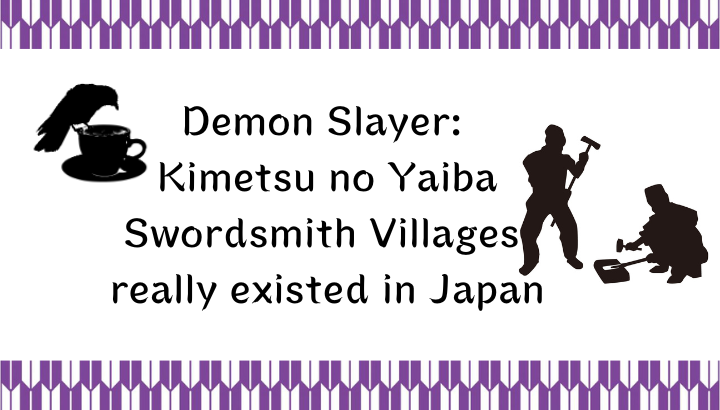The story settings are real. That’s one of the reasons why Demon Slayer: Kimetsu no Yaiba is so popular. The Swordsmith Village is not an exception and it really existed in several regions of Japan.
>who a swordsmith is
>why the swordsmiths in Demon Slayer wear special masks of “Hyottoko”
>where the swordsmith villages existed
>how Japanese swords are made
>the model of Swordsmith Village
The Swordsmith Village in Demon Slayer
The Swordsmith Village in Demon Slayer is a hidden place. The swordsmiths play an important role in the Demon Slayers Corp. Either the sunlight or slicing off the head of the demons with a “Nichirin blade (日輪刀)” made from special materials can kill demons. Hotaru Haganezuka, who makes Nichirin blade of Tanjiro, explains as follows:
The Nichirin Blade’s raw materials are iron sand and ore from the highest mountain that is closest to the sun. “Scarlet Crimson Iron Sand” and “Scarlet Crimson Ore”. They are metals that have absorbed the sunlight. Never troubled by clouds or rain. The mountain the materials are from, the sunlight mountain, is bathed in sunlight all year round.
Demon Slayer: Kimetsu no Yaiba, Comic Vol.2
Nichirin blades are made from special materials by swordsmiths who have special skills. Swords often need repair and maintenance. So the Swordsmith Village is a crucial point of the Demon Slayers Corp and it is hidden and protected from the attack of demons like the residence of Master Ubuyashiki. Even Hashira doesn’t know exactly where the village is and they cannot reach the village without special guidance of multiple Kakushi (隠) and Kasugai Crows.
However, Upper Five Demon Gyokko (玉壺) finds out the hidden village somehow and Muzan Kibutsuji dispatch him together with Upper Four Demon Hantengu (半天狗) and the village faces a big crisis.
About Swordsmith
Who is a Swordsmith?
A swordsmith is a craftsman who forges steel called “Tamahagane (玉鋼)” and makes blades. A person who makes blades with machines cannot be called a swordsmith. Demon slayers choose a chunk of Tamahagane from which their blades are made by themselves at the end of the final selection.
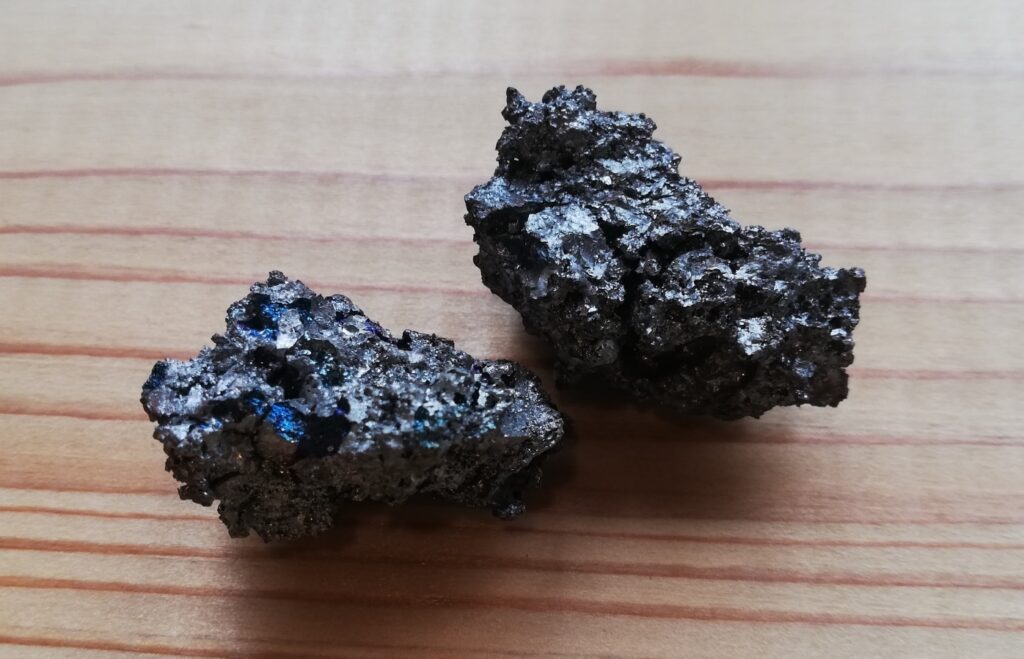
Why do the swordsmiths in Demon Slayer wear special masks?
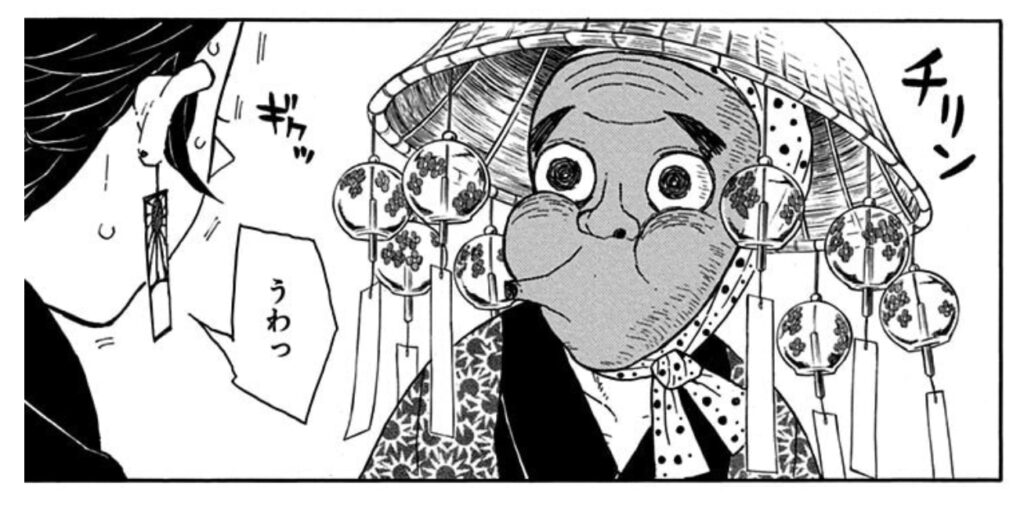
Watching the Swordsmith Village Arc, we notice that Tanjiro’s swordsmith Hotaru Haganezuka is not the only one who wears a special mask but in fact all the swordsmiths wear it. This characteristic mask is called “Hyottoko (ひょっとこ)” and it is a traditional mask which is often seen in Japanese festivals.
There is a reason why the swordsmiths wear masks of Hyottoko among all kinds of traditional masks. It is considered that the name “Hyottoko” comes from the word “Hiotoko (火男)” which means men who do fire-related work. The mask of Hyottoko always has a pointed mouth which blow on fire. Sometimes one of the eyes is often closed, looking into fire or a hot furnace.
Swordsmiths forge heated steel and it is fire-related work. On the rear-side of the swordsmith child Kotetsu, we see that the Kanji character of “Hiotoko (火男)” is written. Swordsmith = Hiotoko = mask of Hyottoko.
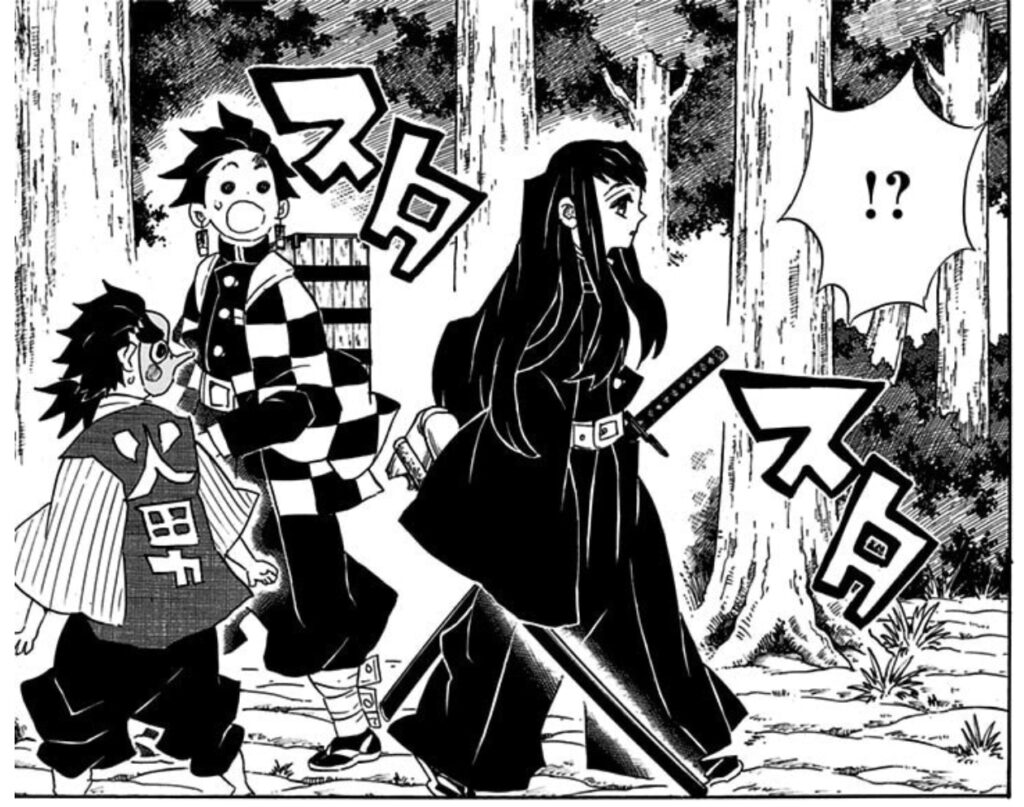
Demon Slayer: Kimetsu no Yaiba, Comic 12, Chapter 103
The Names of Swordsmiths in Demon Slayer
The swordsmiths in Demon Slayer also have characteristic names. The head of the Swordsmith Village is Tecchin Tecchikawahara (鉄地河原 鉄珍), Tanjiro’s swordsmith is Hotaru Haganezuka (鋼鐡塚 蛍), the swordsmith who is in charge of the Mist Hashira Muichiro Tokito is Kozo Kanamori (鉄穴森 鋼蔵). The characters marked in yellow mean “steel”, and some of these family names still exist, although these are quite rare names.

All the settings are considered very well. This is one of the reasons why Demon Slayer is so popular!
How are Japanese swords made?
Simply explained, Japanese swords are made by the following processes:
- The steel called Tamahagane are divided into hard parts “Kawagane (皮鉄)” for the surface of the blade and soft parts “Shingane (心鉄)” for the core of the blade, which are processed separately.
- The divided parts are piled up on a base made of homogeneous steel and heated up.
- The steel is hammered, made flat and folded again and again to remove impurities and make the carbon content homogeneous. This process is called “Orikaeshi Kitae or Oeikaeshi Tanren (折り返し鍛錬)“
- Hard parts Kawagane and soft parts Shingane are combined and lengthened together.
- The lengthened steel is shaped into a sword using a small hammer and the surface is smoothed with a grindstone and file.
Some of the processes are nicely pictured in Episode 1 of the Swordsmith Village Arc.
Real Swordsmiths Villages in Japan
Swordsmith Villages really existed in Japan. As the swords were the main weapons in Japan, swordsmiths played a crucial role. There were five famous locations “Gokaden (五箇伝)” where the swords were made: Yamato (Nara prefecture), Yamashiro (Kyoto prefecture), Bizen (Okayama prefecture), Soushu (Kanagawa prefecture), and Mino (Gifu prefecture), in chronological order.
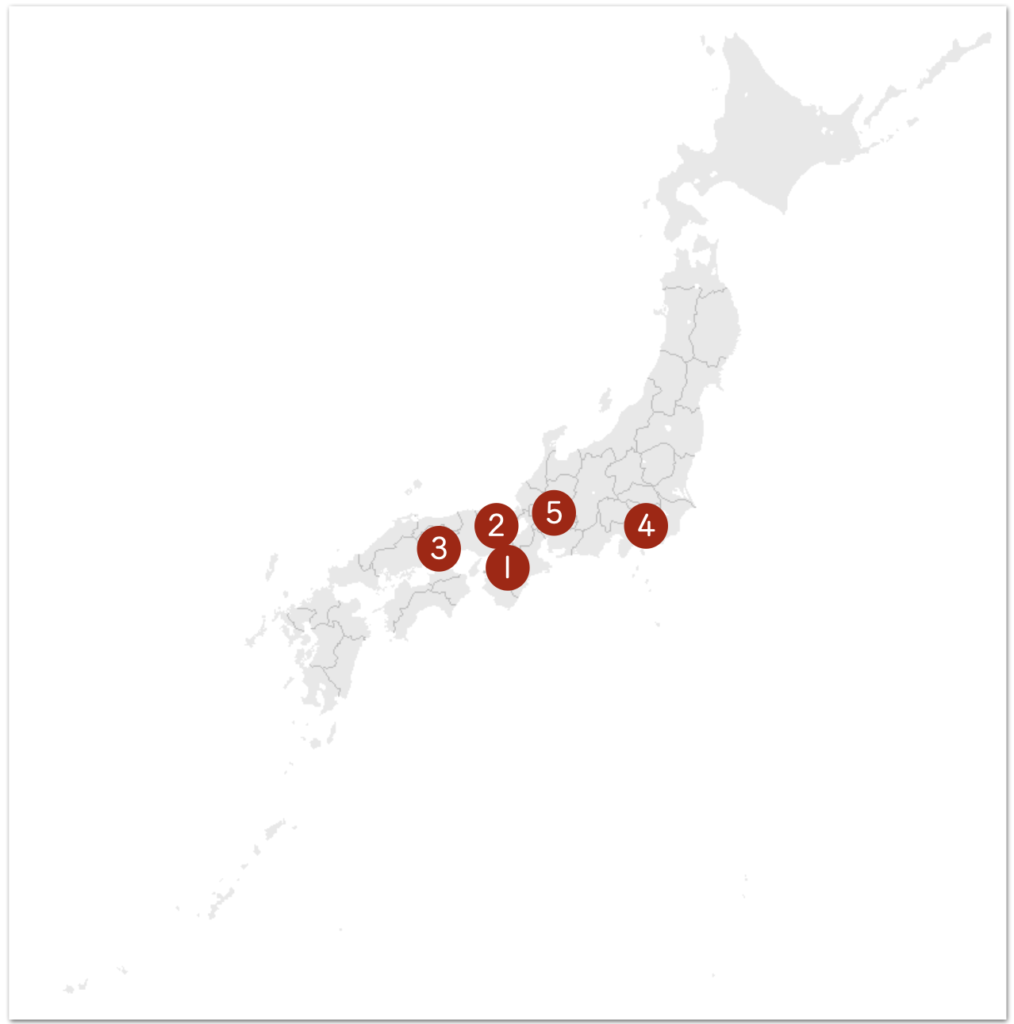
4. Soushu Tradition (Kanagawa), 5. Mino Tradition (Gifu)
Yamato Tradition
Yamato Tradition (大和伝) is considered to be the oldest method of making blades. In 710 AC the capital city “Heijo-kyo (平城京)” was built in Nara. From 710 to 740 and from 745 to 784 Nara was the center of Japan. It is natural to have skilled swordsmiths in the capital city to protect the city. Yamato Tradition was developed in these periods.
Yamashiro Tradition
In 794 AC the capital city “Heian-kyo (平安京)” was built in Kyoto, and swords for the Emperors and aristocrats working for the Emperor’s House were made using the high quality steel brought to the capital city. In general the swords of Yamashiro Tradition (山城伝) were beautiful in their appearance, as they were mainly for aristocrats.
Bizen Tradition
Bizen (備前) was a region where iron sand was obtained and smithing began in the 10th Century. In the 13th Century the retired Emperor Gotoba invited twelve swordsmiths to serve him and ten of them were from the Bizen region. In the Muromachi Period (1338 – 1549) the swords produced in Bizen were exported to the Great Ming (China) and the Bizen Tradition (備前伝) flourished. However, the flood of Yoshiigawa River in 1590 caused catastrophic damages to the village and the Bizen Tradition ceased to exist.
Soushu Tradition
Soushu Tradition (相州伝) was born in the Kamakura Period (鎌倉時代 1185–1333). Swords were used to be made in the western part of Japan, but as the Kamakura Shogunate was established by Minamoto no Yoritomo (源頼朝), it became necessary to have skilled swordsmiths in Kamakura and three swordsmiths were invited from Yamashiro and Bizen. During the period of Mongolian invasions, disadvantages of the Japanese swords became obvious. In Kamakura the existing swords were further improved to become lighter, sharper, and stronger. Soushu Tradition continued until the Sword Abolishment Edict was issued in the Meiji Era.
By the way, the head of the Swordsmith Village Tecchin Tecchikawahara (鉄地河原 鉄珍) speaks the dialect of Western Japan, although the Swordsmith Village should be hidden somewhere around Tokyo. It is possible that the most skilled swordsmiths from all around Japan are scouted by the Demon Slayer Corps.
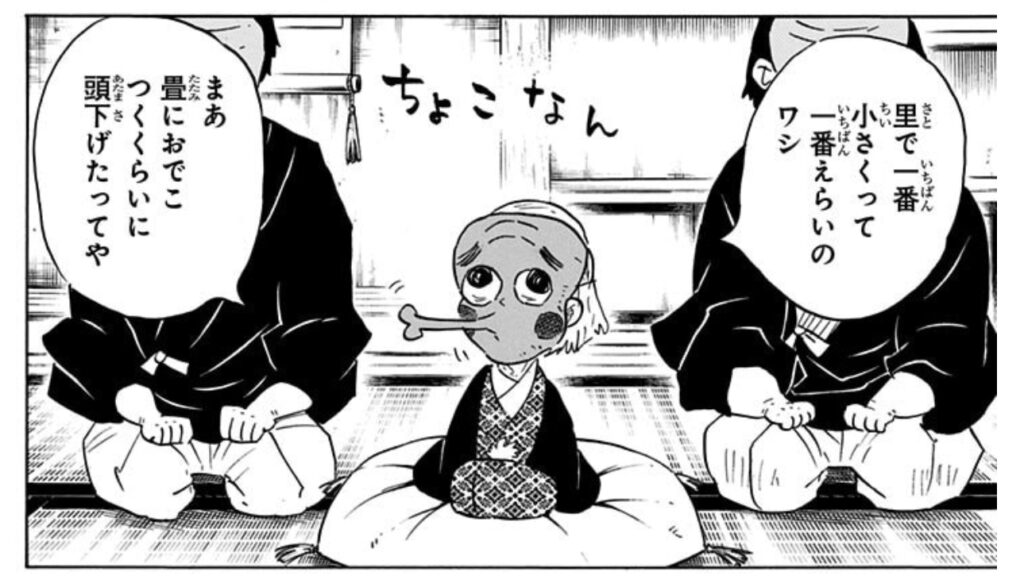
Demon Slayer: Kimetsu no Yaiba, Comic Vol.12, Chapter 101
Mino Tradition
Mino (美濃) Tradition was established in the Nanbokucho Period (1337-1392). Especially after the swordsmith village of Bizen got catastrophic damages caused by the flood of the river, the swords were ordered from Mino and high quality swords were produced until the end of the Edo era.
Model of the Swordsmith Village in Japan
Among fans of Demon Slayer search for the model village for the Swordsmith Village has started. The Swordsmith Village seems to be in a mountain with a clear stream, there are old Japanese style buildings and there is a hot spring spa. Based on these elements some fans think that the model is Hoshi Onsen (法師温泉) in Gunma Prefecture or Ginzan Onsen in Yamagata Prefecture.
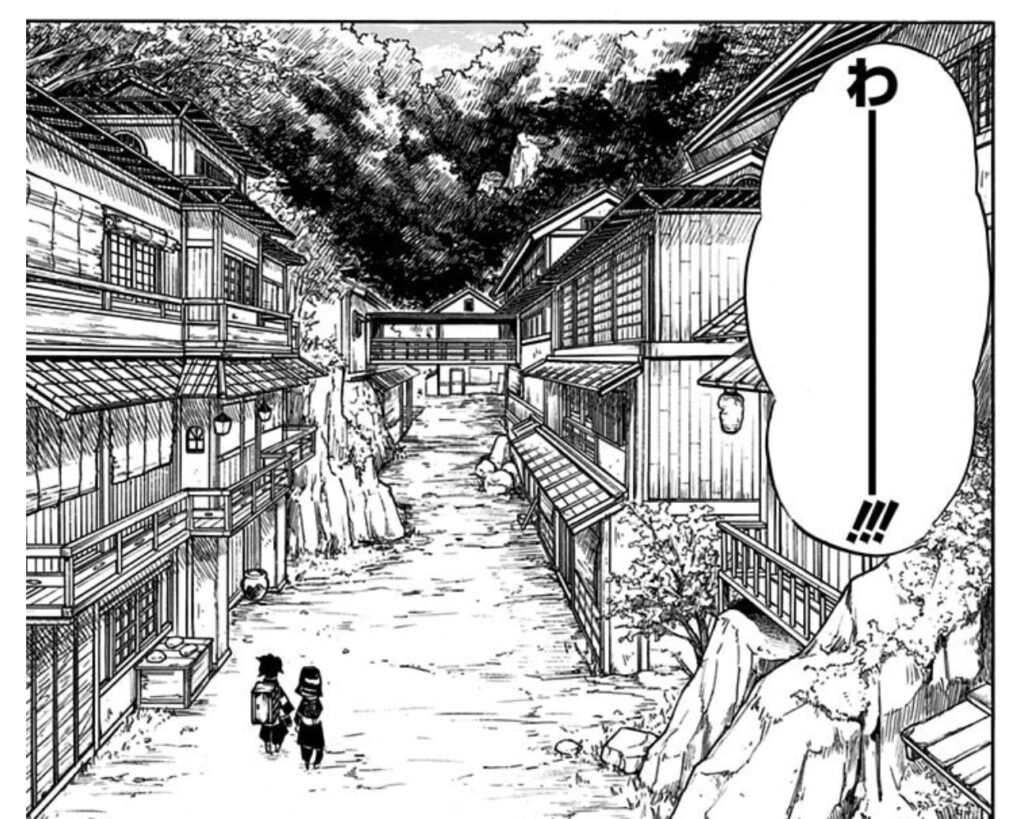
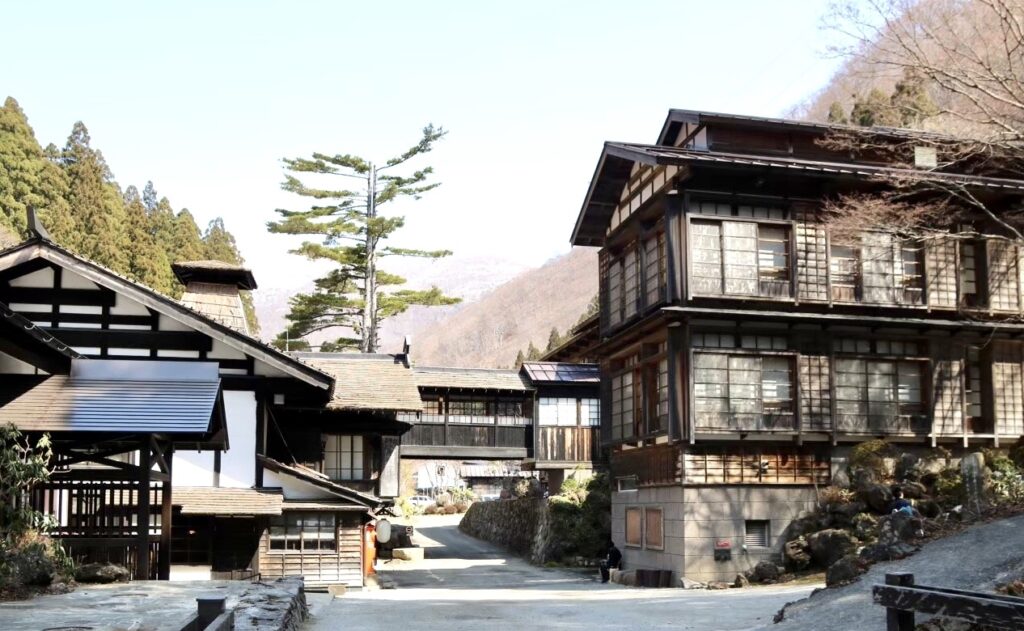
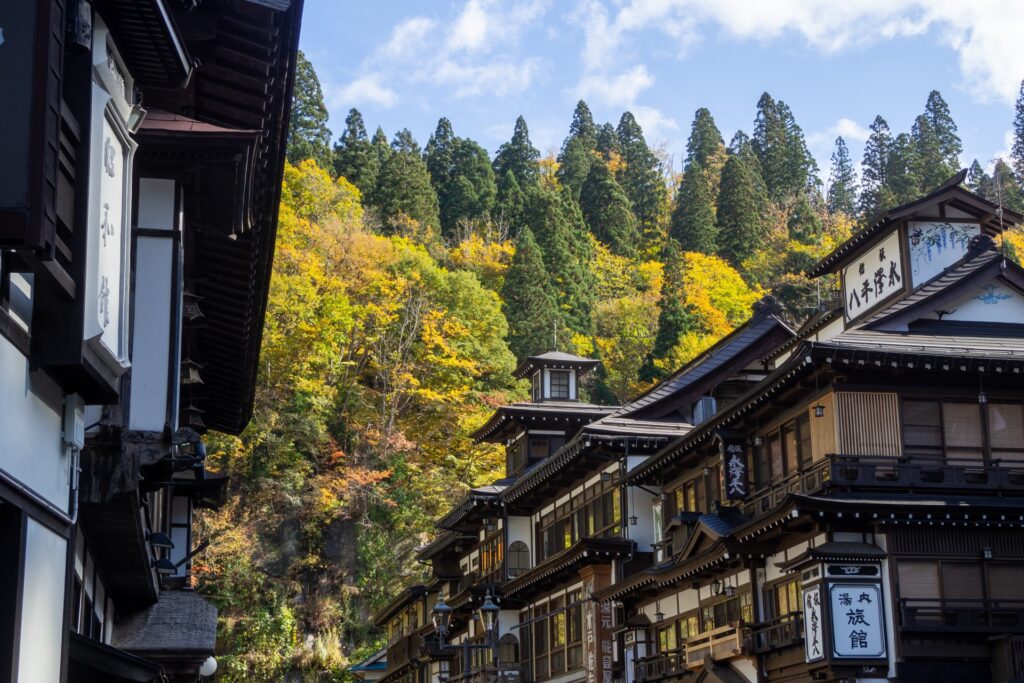

Indeed these are the villages in a mountain with a clear streams, old Japanese style buildings and hot spring spa, and look similar to the Swordsmith Village!

